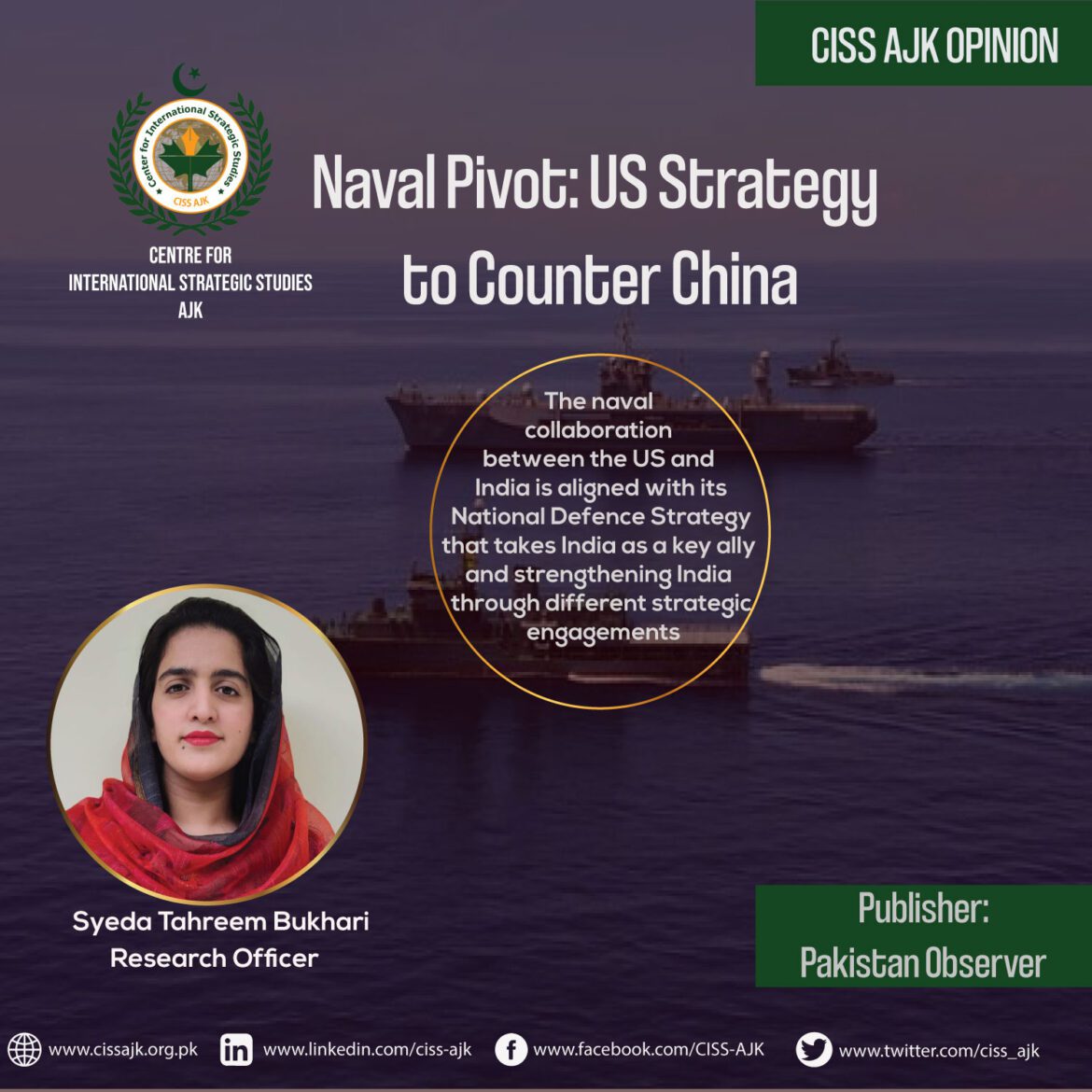751
WITH the shift of Great Power rivalry between the United States and China in the naval domain, the US, that has about 750 overseas military bases in more than 80 countries, desires for new bases to contain China, that possesses almost 8 foreign military bases. Although China is not a conventional military threat to the US, it is surrounding China through naval bases escalating military tension. In this regard the US and the Philippines signed Enhanced Defence Cooperation Agreement (EDCA) in 2014 to increase military cooperation between the two. Thereby Philippines allowing the US access to five military bases that was later expanded to nine.
The location of three out of four new bases recently announced are in Island of Luzon, 250 miles away from Taiwan and one is in Palawan province in the South China Sea. The US is seeking to transform India into naval logistics hub, in this regard they have concluded an agreement on Master Ship Repair Agreement (MSRA). It will facilitate US ships with centre for service and repairing at India’s shipyards and maintaining naval presence in South Asian region.
The MSRA, in addition to the LEMOA (Logistics Exchange Memorandum of Agreement) established in 2016, serves as a complement. LEMOA grants both nations access to specific military facilities for fuel and resupply purposes. A noteworthy element of this agreement is the provision for payments and record-keeping mechanisms, which aim to streamline the process. While the LEMOA primarily covers scenarios related to port calls, joint exercises, training and humanitarian assistance and disaster relief (HADR), the MRSA broadens the scope of cooperation.
India serves as a crucial link to bridge the substantial disparity between the military bases that the United States maintains through its bilateral naval hub agreements in the Middle East and those in the Western Pacific. Securing a repairing, maintenance and logistics hub in India is significant as it would give the US much-needed flexibility in the vast Indian Ocean region. It will enhance the US vessels capabilities to spend more time at sea challenging the naval capabilities of China.
The current expansion of Indo-US cooperation can be seen as an outcome of the US National Defence Strategy released in 2022, it places a primary focus on the need to sustain and strengthen US deterrence against China. It also focused on enhancing collaboration with a growing network of the US allies and partners on shared objectives. This naval collaboration between the US and India is aligned with its National Defence Strategy that takes India as a key ally and strengthening India through different strategic engagements.
In return, it is evident that the US is expecting collaboration from India in countering China. The US is not taking into account the implications of its strategic engagements in the Indian Ocean. It is instigating an arm race for naval dominance between the great powers while, inducing security dilemma in regional states threatening the strategic stability of the region.
—The writer is a Research Officer at the Centre for International Strategic Studies, AJK.
Email: tahreembukhari1692@gmail.com



